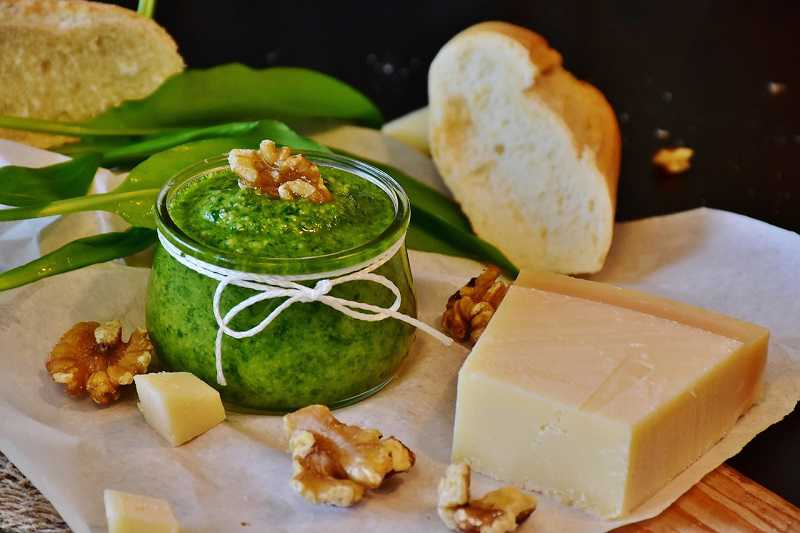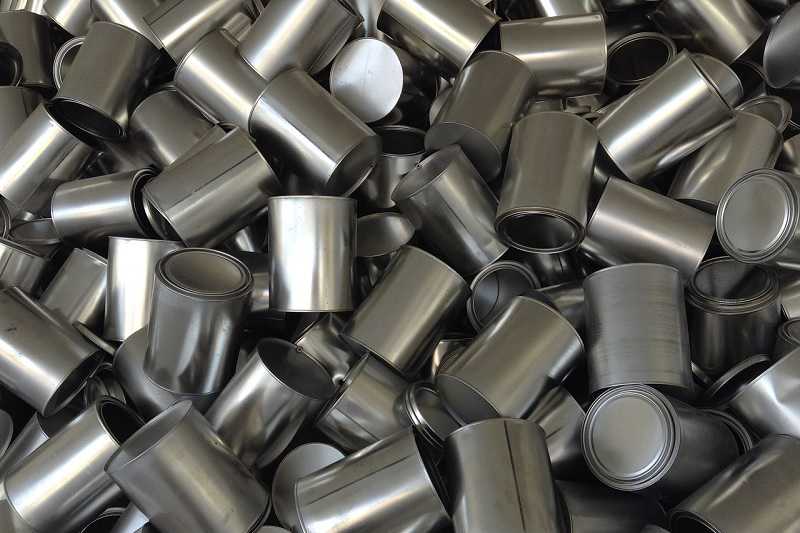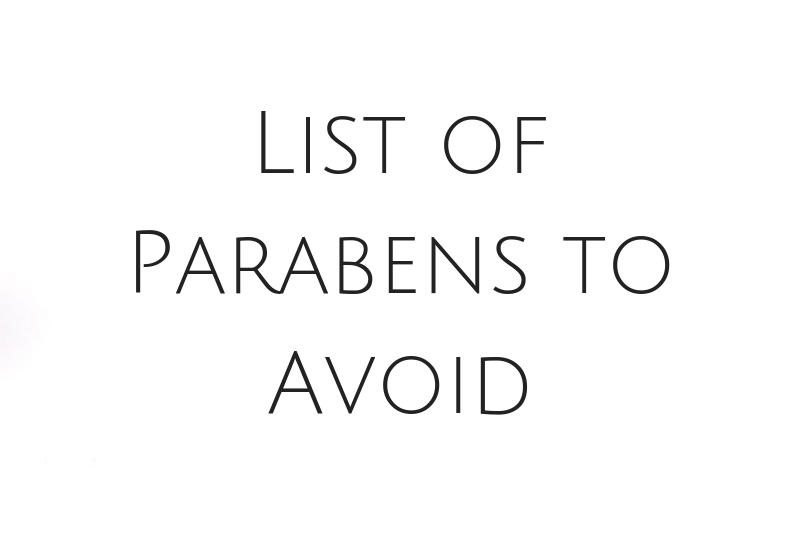Phthalates are chemicals found in plastics to increase their flexibility and durability.
They are used in a range of everyday items including personal-care products and cosmetics, shampoos, clothes, garden toys, and detergents.
The use of some plastics containing phthalates to make children’s toys have now been banned because of their harmful effects.
These chemicals are also found in plastic packaging and food storage containers, which can contaminate our food, as well as being found in the food itself.
This means these chemicals are making their way into our bodies. That’s why it’s important to learn about the effects of phthalates, and how to avoid them.
Negative Effects of Phthalates
Prenatal babies and young children face a greater risk of being affected by phthalates.
While women show more signs of side effects, the chemicals are potentially more harmful to males, affecting reproductive development and sperm activity (source).
While research surrounding phthalates is still ongoing, links have been made between these chemicals and increasing chronic disease rates.
There are several different types of phthalates with varying side effects. Some of the most commonly used phthalates are DEHP and DEP. The fact that there are lots of different phthalates makes them difficult to identify in ingredients lists in products and on packaging.
Trying to avoid food packaged in plastic will help reduce your exposure to phthalates.
While it’s difficult to know which food packaging contains phthalates, it’s even harder to know which foods contain phthalates.
It’s for this reason, and because diet is one of the more significant ways of becoming exposed to phthalates, that we have compiled information about which foods are high in these chemicals.
Through becoming aware of these foods and their healthier alternatives, these chemicals will become easier to avoid.
Which Foods Contain Phthalates?
Some studies have found high levels of the phthalate chemical known as DEHP in those with diets high in poultry, cooking oils and dairy products, particularly in infants.
In dairy products, the highest levels were found in cream and cheese, with lower levels being found in milk and yoghurt.
It’s also worth noting that animal products containing a higher fat content were more likely to contain higher levels of phthalates.
These studies found that almost all foods contained some phthalates, but that the concentrations were low in fruit and veg, beverages and grains.
If you would like to reduce the risk of consuming these chemicals, it is advisable to opt for low-fat alternatives when purchasing dairy products such as cheese, yogurt and milk.
It is also worth avoiding water sold in plastic bottles and drinking tap water from a filtered source, as there could be traces of phthalates found in water pipes, making their way into the home.
These can be removed through carbon filters. By investing in a non-plastic water bottle you can also limit the risk of phthalates contaminating your water.
Here’s a list of foods that are likely to be high in phthalates:
- Chicken
- Cooking oils
- Cream
- Cheese
How to Consume Less Phthalates
While the studies mentioned above found low traces of DEP in all food types, some research such as this Israeli study indicates that those who consume a predominately plant-based diet tend to have lower levels of phthalates in their systems than those who consume dairy and meat.
Foods such as beans, green vegetables and nuts can be substituted for animal products to replace the nutrients found in these foods.
However, you could also reduce your phthalate exposure by choosing organic, grass-fed animal products as animal feed is often stored in plastic containers which can affect the level of phthalates in the meat.
Phthalates are also found in herbicides and pesticides, so choosing buy organic fruit and vegetables can help you avoid them.
Processed foods also contain higher levels of phthalates, since they are more likely to have been contaminated with plastic during production and can be contaminated by their plastic packaging.
This is another reason to choose healthier, organic produce.
Restaurant food has also been found to contain higher amounts of phthalates than home-cooked meals, with burgers and take-away sandwiches containing the highest amount, possibly due to their preparation methods and packaging.
Conclusion
Home cooking is the best way of ensuring your diet has a low phthalate content.
By limiting your weekly meat intake and ensuring all animal products are sourced organically can aid to a low-risk diet.
By avoiding dairy or substituting regular products for low-fat versions, it is possible to lower your intake of these chemicals.
It is also worth selecting non-plastic food storage containers and avoiding microwaving in plastic.

Naturaler is a UK website full of tips and recommendations for living a more eco-friendly, chemical-free and natural lifestyle.




Thank you kindly for your important information, v much appreciated.